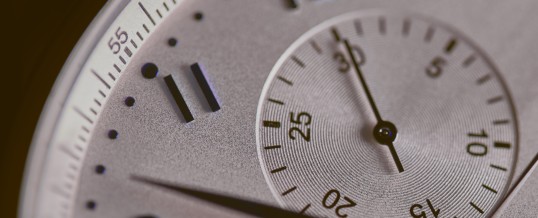
The word decibel, abbreviated dB, seems to show up everywhere in acoustics: sound pressure levels, sound power levels, intensity levels, and even voltage levels. With so many usages, it is no surprise that a cloud of confusion lurks around the term. How could one unit describe so many different things? Shouldn’t different quantities have different units?
Well, the firstly it’s important to understand that the decibel is not an absolute unit like seconds or meters—it’s a relative unit. Absolute units can be counted without a reference. Five seconds last five seconds regardless of when you start counting. Five seconds at lunchtime is the same as five second before bedtime. It’s absolute.
However, if you were asked to ring a bell when “twice as much time had passed”, you would be left scratching your head asking, “Twice as much time as . . . what?” In other words, twice has no meaning unless you have a reference.
The same is true of decibels. Although rarely explicitly mentioned, decibels are always in reference to a chosen value. Every time you come across the word decibel, you can tack on “with reference to _____”. Without a reference, a decibel is meaningless.
For sound pressure, the reference value is generally 20 micro-Pascals. The chart below shows some common reference values for various measurements.
Measurement |
Common Reference Values |
| Sound Pressure Level (SPL) | 20 µPa |
| Sound Intensity Level ( |
|
| Sound Power Level ( |
|
| Voltage Level | 1 V |
Although the reference value is assumed to be known often in speech and even in writing, it is good practice to include the decibel reference value, especially in formal reports and documents. For example, it’s best to write 63 dB as 63 dB re 20 µPa where re means referencing.
While the reference values may seem arbitrary and oddly specific at first glance, these values have clear origins. For example, the reference sound pressure level of 20 micro-Pascals is the smallest perceptible pressure the human ear can hear. This makes a good choice for a starting point or reference. On a decibel scale, the reference value is set to zero. All other values are expressed as a ratio to the reference.
So, there you have it: a brief explanation of the nature of the decibel and reference values. In the next post, we’ll explore the math behind calculating decibel levels.
Additional resources:
https://en.wikipedia.org/wiki/Decibel
JUL
2019

About the Author: